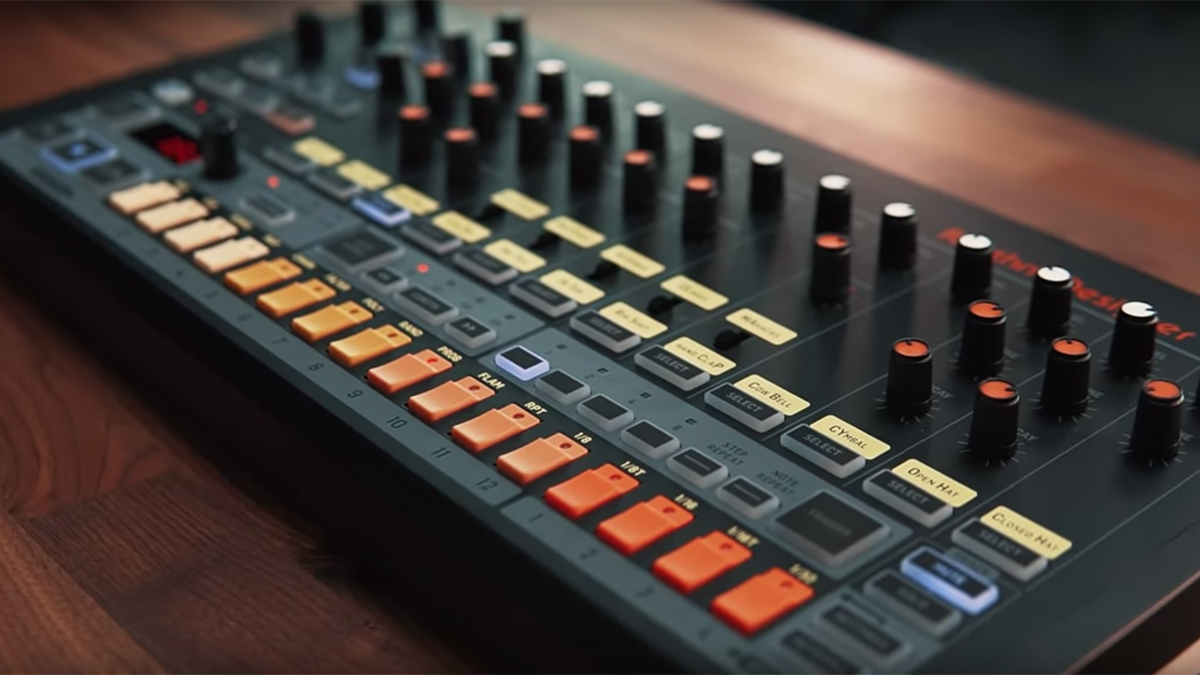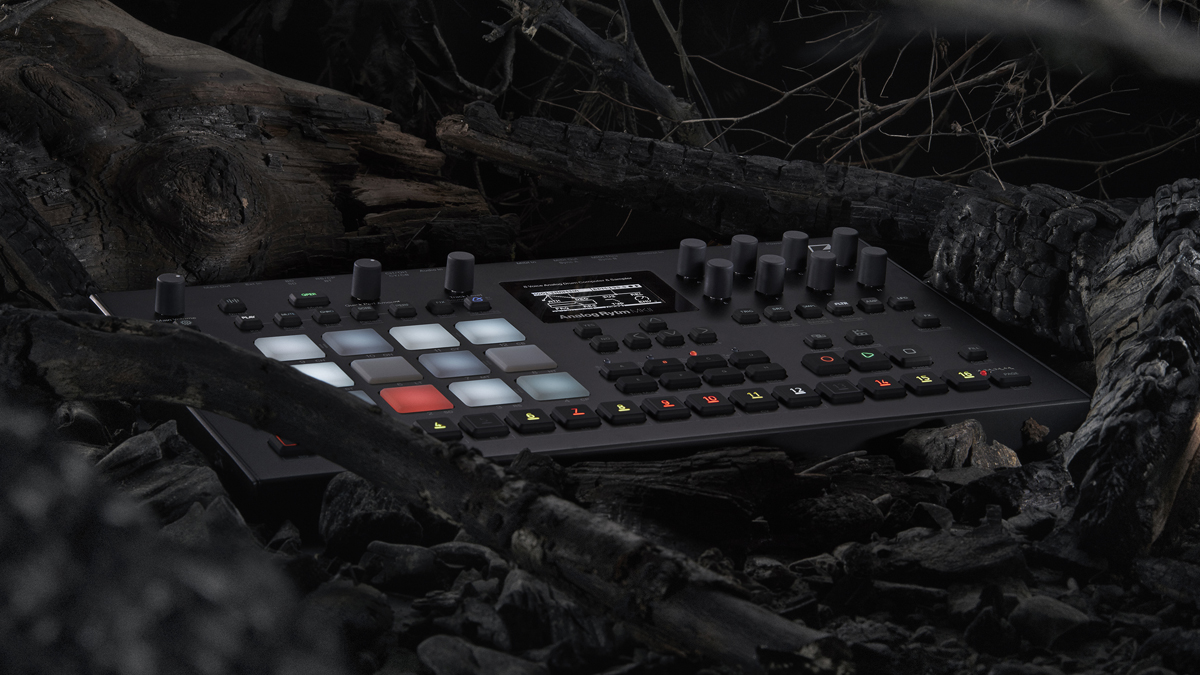
Contemporary drum machines are considerably more advanced than their ‘80s predecessors in many ways, but nowhere more so than when it comes to sync and connectivity.
While old-school drum machines often relied on simple analogue or DIN sync (a precursor to MIDI), modern machines are often capable of a broad range of options to help them integrate into wider studios. These can range from analogue pulse ins and outs to full MIDI implementation, USB MIDI and – as in the case of Elektron’s Overbridge – audio-over-USB and plugin-like control.
Taking advantage of these capabilities can make a drum machine an excellent hub for a wider studio setup. Take Behringer’s Roland-inspired RD-8 and RD-9, for example. Each offers USB connectivity that allows them to be synced to a DAW, but they can also send MIDI out to other machines.
So far so standard, but what’s interesting here is the inclusion of three analogue trigger outputs, which can be used to sync or control analogue or modular gear. These triggers can be programmed using the step sequencer, meaning it can be used effectively like a clock divider, or as a pattern sequencer for other instruments. In fact, a similar application can be achieved with other drum machines even without a dedicated trigger output, by routing a short, sharp rim shot to be used as a trigger.

Best drum machines 2024: for every application and budget
MIDI allows for further creativity. Most modern drum machines use MIDI notes to trigger their internal drum sounds, but will usually output MIDI notes – in some cases configurable – based on their internal sequencer patterns. Make use of this for creative ends by hooking your drum machine up to a synthesizer or sampler and experimenting with creating melodic patterns using the rhythmic step sequencer.
Similarly, if you have a drum machine with a sequencing workflow that particularly suits your way of working, consider how you can use this to control your DAW. For example, setting up a Drum Rack in Ableton Live that corresponds to the MIDI notes output by your drum machine will allow you to trigger the DAW’s internal sounds using the hardware as a hands-on controller. If your drum machine also outputs MIDI CCs, all the better.



!["[T]he First and Fifth Amendments Require ICE to Provide Information About the Whereabouts of a Detained Person"](https://images.inkl.com/s3/publisher/cover/212/reason-cover.png?w=600)



